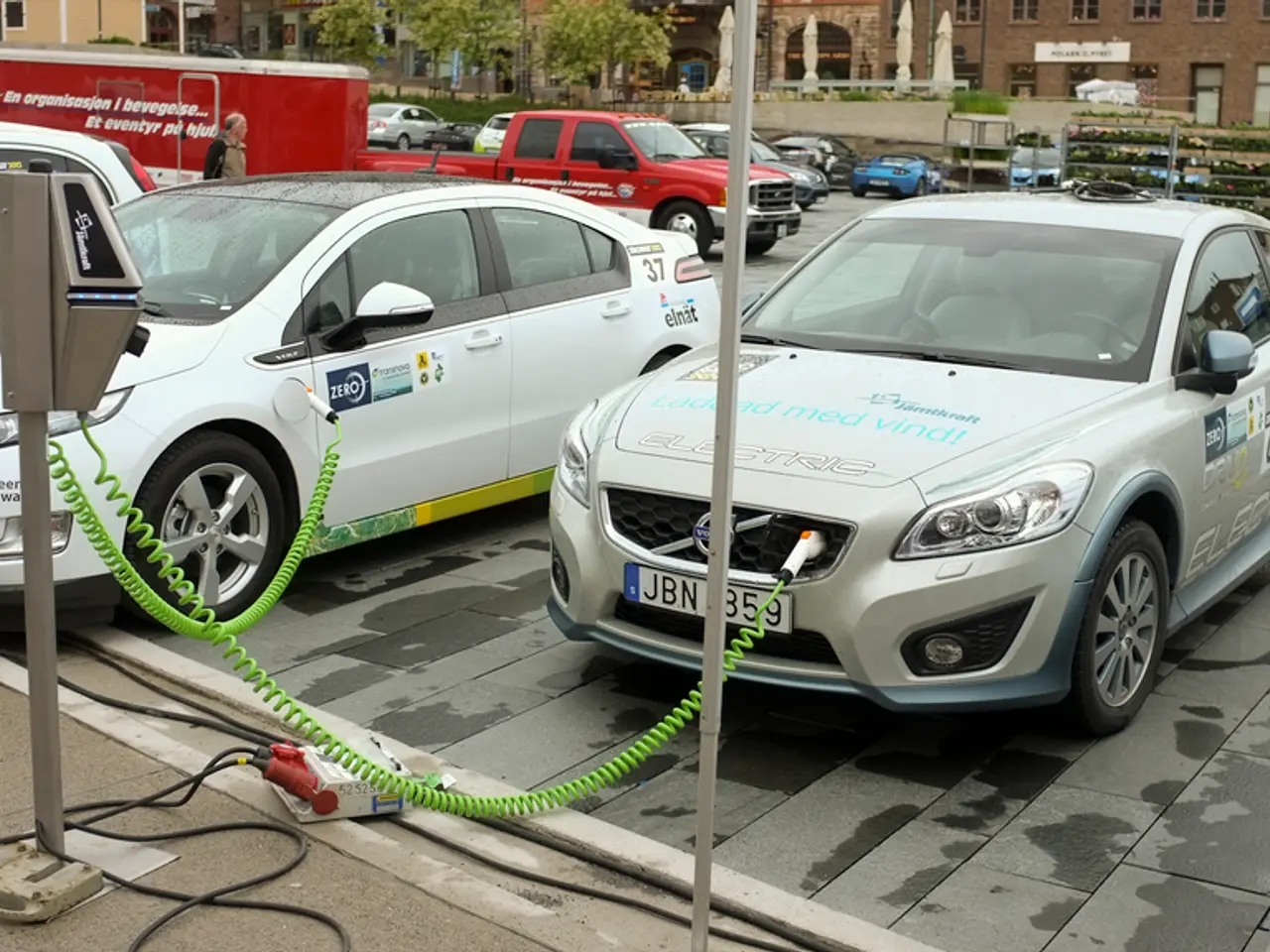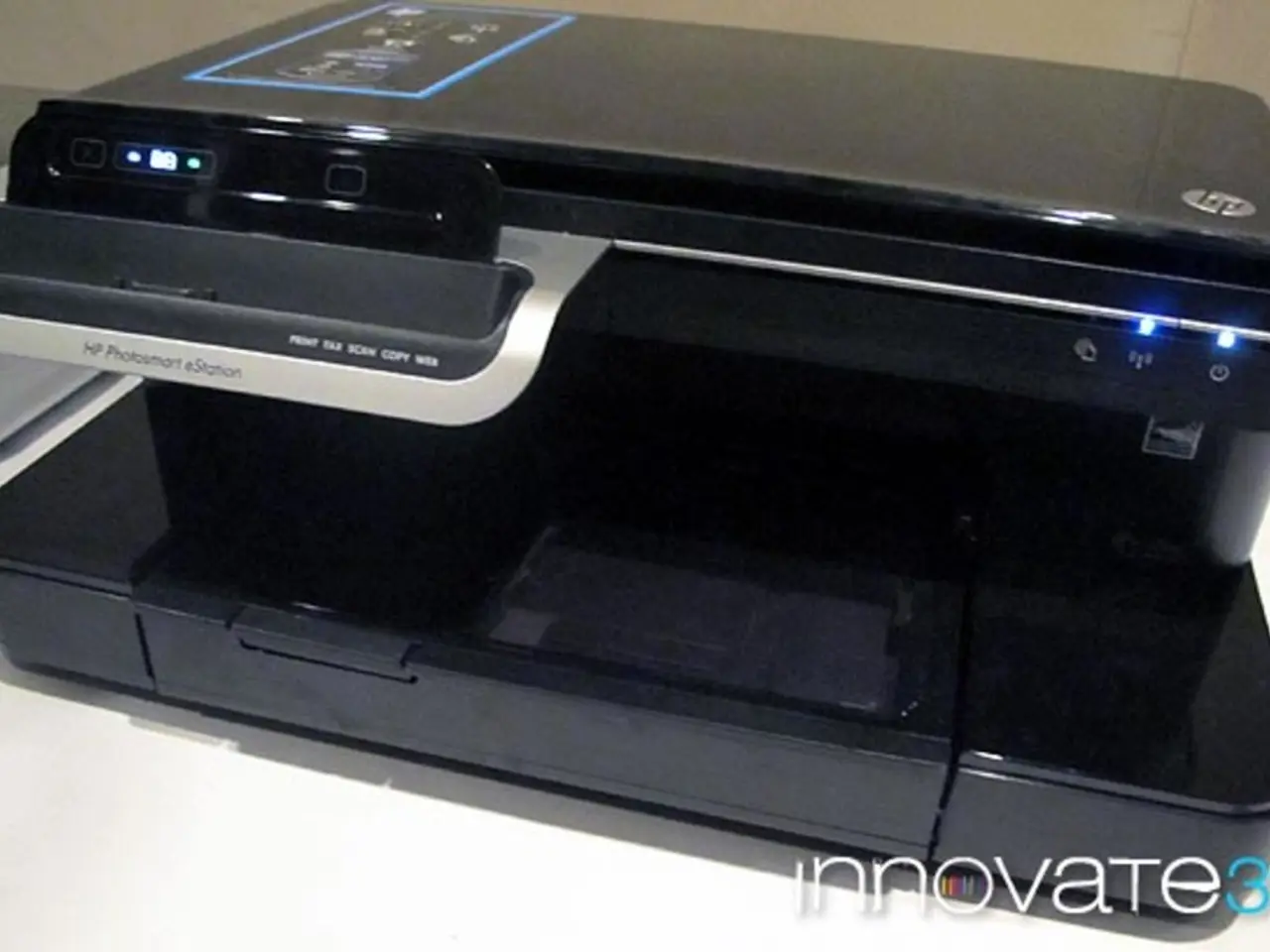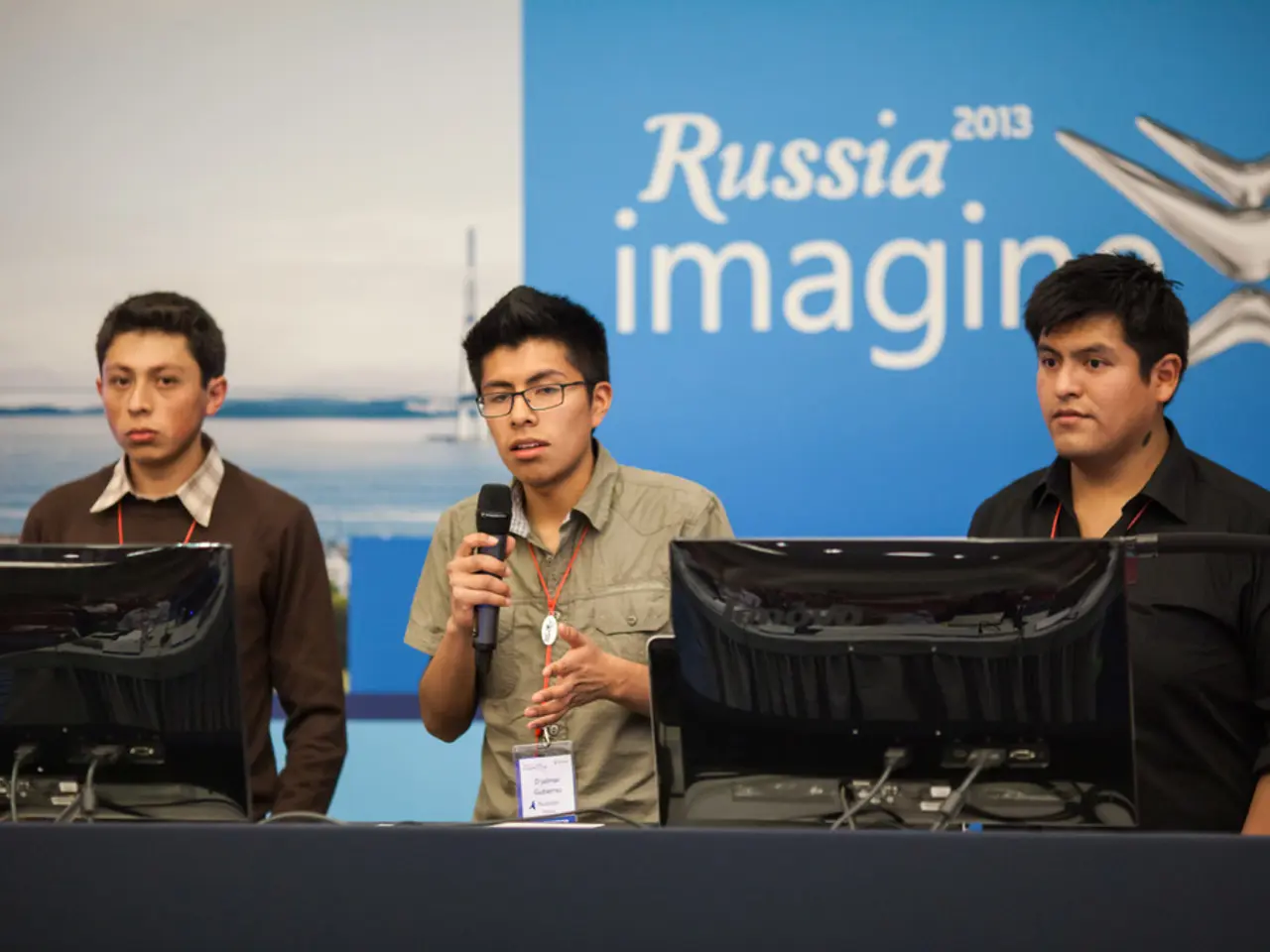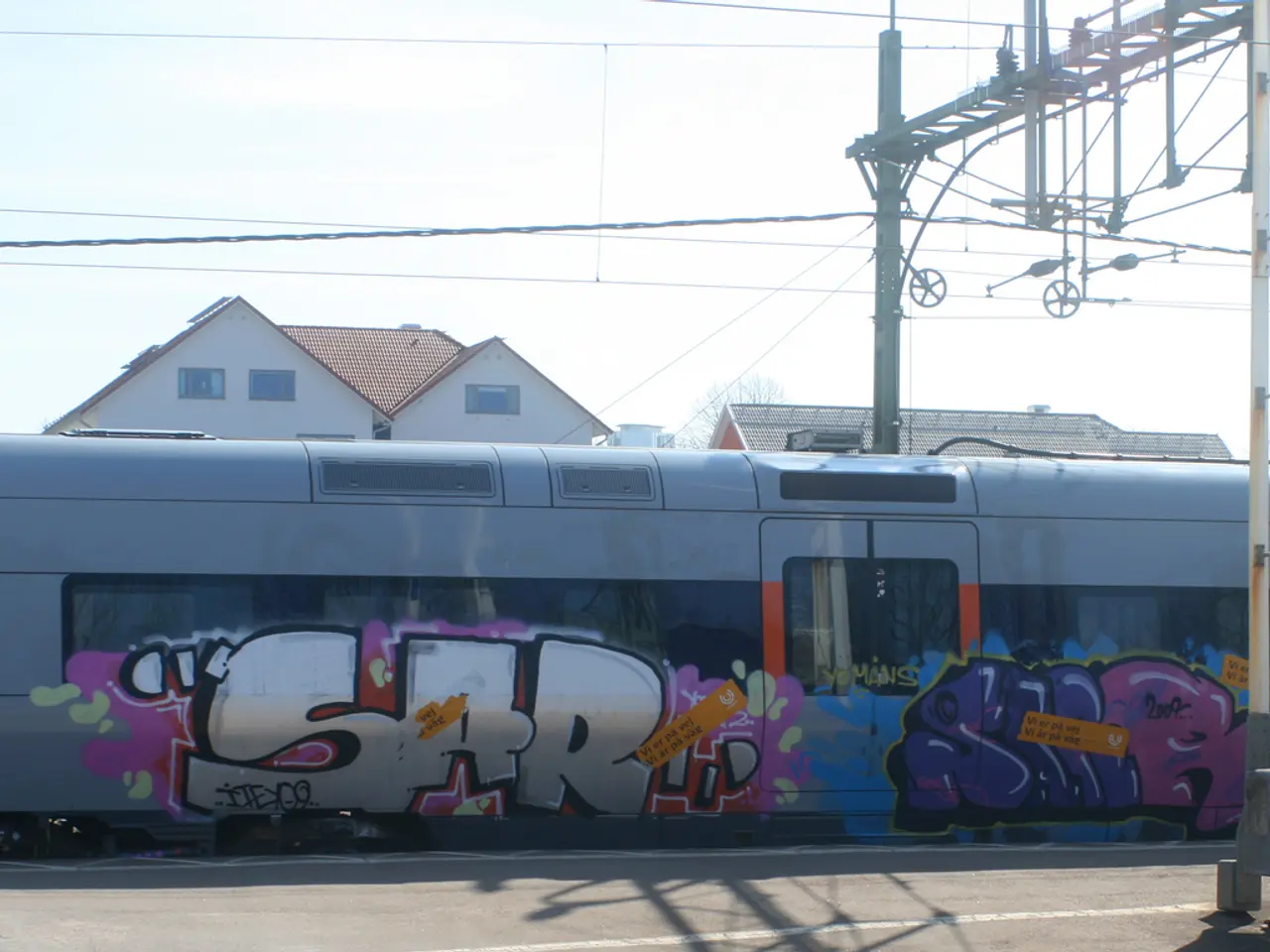Electric Vehicle Sales to Experience a Surge in the First Half of 2025 (According to Seat Group)
SEAT and CUPRA Progress Electrification Strategy Amid Challenges
In the first half of 2025, SEAT S.A. and its subsidiary CUPRA are actively pushing forward with their electrification strategy, despite encountering production and market challenges.
The automobile manufacturers reported a 1.7% increase in overall deliveries, with 302,600 units sold. The surge in electrified vehicle sales was particularly notable, as deliveries of plug-in hybrid and battery electric vehicles rose by 76.1%, and fully electric vehicles more than doubled (+105.3%) [1]. This growth can be attributed to popular models like the CUPRA Born and Tavascan.
However, production at SEAT and CUPRA's Martorell plant temporarily decreased by 16% (244,700 units vs. 291,600 in H1 2024) as part of preparations for the new Electric Urban Car Family, a key project launching from 2026 [1][2]. The project aims to deliver affordable electric cars around 25,000 euros for entry-level European markets. Production levels are expected to recover in the second half of 2025, helping annual output approach 2024 levels [1].
Challenges for the companies include the planned production slowdown and a significant drop (90%) in operating profit in the first half of 2025 for SEAT. These issues, along with geopolitical uncertainties like U.S. tariffs on European products, led CUPRA to postpone its planned entry into the U.S. market, refocusing instead on launching new electric models like the Raval, the first fully electric vehicle manufactured entirely in Martorell [3].
CUPRA delivered 167,600 vehicles in the first half of 2025, marking a 33.4% increase. Electric vehicles, including plug-in hybrids and fully electric models, more than doubled for CUPRA. The compact car Born and the crossover Tavascan contributed significantly to this increase [1].
The Brand Group Core (including SEAT and CUPRA) is working intensively on restructuring programs, innovation in battery technology, software quality, and performance improvements to achieve a medium-term operating margin goal of 8% [2].
In summary, SEAT and CUPRA's electrification strategy is gaining momentum with strong BEV sales and upcoming electric model launches. However, they are navigating near-term production adjustments, profitability challenges, and strategic market postponements as they prepare for broader electric vehicle commercialization in 2026 and beyond [1][2][3]. The Cupra Raval is expected to be produced and launched in the market in 2026, an important milestone for the company.
- SEAT and its subsidiary CUPRA are focusing on electrification, with a strategy that includes the production of electric cars as low as 25,000 euros for entry-level European markets.
- The industry of automotive is experiencing transformation, as SEAT's Martorell plant prepares for the new Electric Urban Car Family, and CUPRA delays entry into the U.S. market to focus on new electric models like the Raval.
- Finance plays a critical role in the electrification strategy, as SEAT is facing a significant drop in operating profit and CUPRA is working towards an 8% operating margin goal.
- Technology development is essential for the future of transportation, as SEAT and CUPRA work on innovation in battery technology, software quality, and performance improvements.




